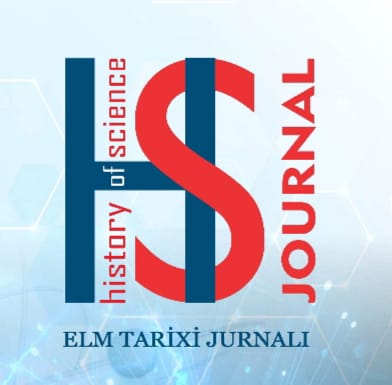Effective communication is crucial in military operations, making English language proficiency essential for personnel engaged in multinational missions. This article compares two key teaching approaches -asynchronous and synchronous- in military English language training. Asynchronous learning offers flexibility, self-paced study, and accessibility, making it ideal for personnel with irregular schedules or remote assignments. Meanwhile, synchronous learning provides real-time interaction, peer collaboration, and structured engagement, which are vital for developing communication skills in high-pressure situations. While each method has distinct advantages, a hybrid approach that combines both can optimize language training by balancing flexibility with interactive learning. This article highlights the benefits and applications of both methods, demonstrating how an integrated model can enhance language proficiency in military contexts. By adopting a blended approach, military training programs can ensure that personnel develop the necessary English language skills to perform effectively in diverse operational environments.

